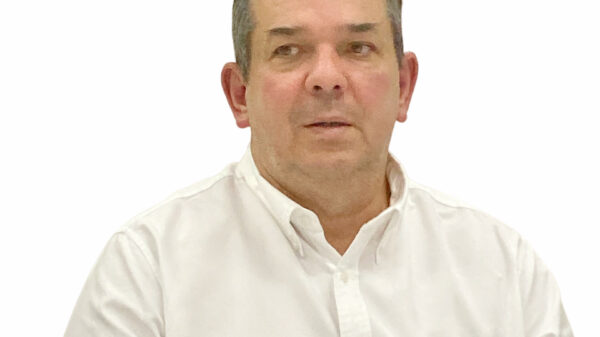One of the most successful battery-swapping enterprises for electric vehicles or EVs is run by Gogoro. For nearly a decade, the Taipei-based firm has steadily built a network of more than 2,500 battery-swapping stations across Taiwan that help power the electric two-wheelers of its more than 500,000 subscribers.
That’s serving 90 percent of Taiwan’s electric mopeds and scooters.
Swapping batteries makes sense. For a monthly fee, Gogoro subscribers can quickly exchange the depleted batteries of their ride for fully charged ones at a network of kiosks around the country.
To make this possible, Gogoro uses swappable batteries with standard specification so it would fit and work not only into its models but also with those produced by different manufacturers.
A number of Japan’s biggest automakers are now looking at doing something similar with their product and in the recently concluded Japan Mobility Show (formerly Tokyo Motor Show) Isuzu presented its battery-swapping solution called the EVision Cycle Concept.
Isuzu is trying to solve one issue that most EV owners are not a fan of: The long wait to fully charge batteries.
Should one happen to end up with a fully drained battery, charging will take even longer, a major drawback for owners who are so used to the few minutes they only need when refueling at gas stations.
The battery-swapping solution, according to Isuzu, represents another path towards carbon neutrality or the condition wherein any CO2 released into the atmosphere from a company’s activities is balanced by an equivalent amount being removed.
N Series based
Based on the Isuzu N Series, the battery-swapping solution Isuzu presented at the show, was created in partnership with the Japanese Ministry for the Environment and is said to offer benefits including reduced downtime. Instead of waiting for hours for the vehicle’s battery to charge, the depleted battery can be replaced with a fully charged one in just a few minutes.
Isuzu said it is also possible to reduce both costs and the load on the electric power grid since charging the depleted battery could be done during off-peak periods when electricity rates are lower or when the power load at business sites is low.
There are other advantages of this setup:
- Battery-swapping stations could solve the issue of range anxiety among EV users during long journeys. EV owners could now replace their discharged batteries with fully charged ones that were previously stored and charged at the station. The replaced batteries are subsequently recharged and exchanged for other arriving EVs needing a battery swap.
- Battery swapping stations can be set up in convenient locations, such as gas stations or shopping centers, making it easier for EV owners to locate them.
- Battery swapping can also reduce the environmental impact of EVs. Since batteries are reused, there is now less need to produce new ones (manufacturing new batteries also impacts the environment).
- Battery recycling can be done more efficiently.
Of course, there are drawbacks with battery swapping as manufacturers must agree first on the standard model of swappable battery that should be used. Another is the need for the wide adoption of battery systems.
Moreover, battery swapping requires that batteries must be well-maintained by the users and kept in good condition so they can be reused.

















